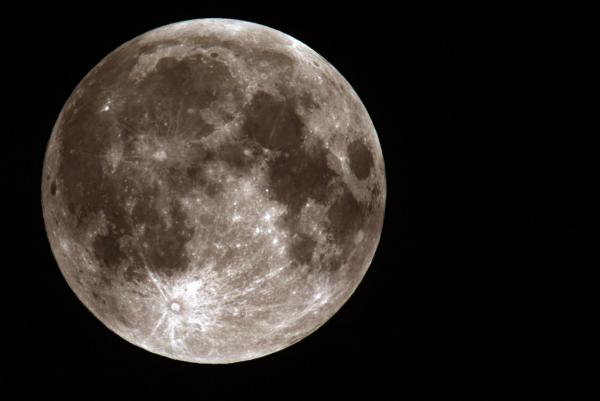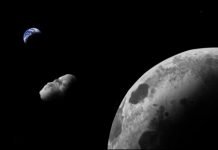SEATTLE, Feb. 1 (UPI) — Building off previous research linking lunar phases and air pressure, researchers at the University of Washington discovered a correlation between the moon’s position and rainfall totals.
They published their findings in the journal Geophysical Research Letters.
“As far as I know, this is the first study to convincingly connect the tidal force of the moon with rainfall,” study co-author Tsubasa Kohyama, a doctoral student in atmospheric sciences at Washington, explained in a news release.
When the moon is directly aligned with the Earth and sun — overhead or underfoot — it tugs on the atmosphere, causing slight bulges that affect air pressure, temperature and, apparently, rainfall totals.
The bulging atmosphere pulls more air over top the two ends of the planet, increasing air pressure and raising temperature. Warm air can hold more moisture, thus raising the threshold for humidity to turn into precipitation.
Kohyama and his colleagues say their discovery is significant but the moon’s affect on rainfall is rather small — responsible for just 1 percent of rainfall variation.
“No one should carry an umbrella just because the moon is rising,” Kohyama said.






